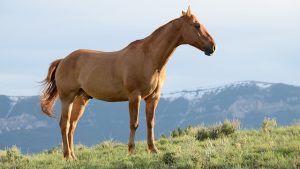Whether you want to have an intelligent and trainable horse for racing or just for a joy ride and mounting activities, Arabian horses are one of the best choices. But, it’s important to note that they are not for everybody. It would help if you’d look beyond their beauty and grace and learn the drawbacks beforehand.
In this article, we will discuss what makes Arabian horses great and unique and the origin of Purebreds. We will also uncover the common health issues in Arabian horses and some ways to prevent it. This article will help you decide if an Arabian horse is the right one for you. But first, let’s look at the distinguishable features of Arabian horses and characteristics.
A Quick Breed Overview
Arabian horses, the oldest pure breed in the world, praised for their beauty, elegance, and spirit, are among the most distinct horses in the world. Their unique dished head, protruding eyes, compact body, and high-set tail makes them easy to recognize in a crowd of horses. They have angled shoulders, good bone density, and strong hoof walls.
Arabians typically weigh from 800 to 1,000 pounds, with an average height ranging from 14 hands (56 inches) to 16 (64 inches). Although they are small compared to other riding horse breeds, Arabians are the living embodiment of small but incredible. They have 17 ribs instead of 18 due to a short back, but they have flexible nostrils that allow them to use oxygen more efficiently and maximize lung capacity. Here’s a little recap about Arabian horse breed:
WEIGHT: 800 to 1,000 pounds
HEIGHT: 14 hands (56 inches) to 16 hands (64 inches)
APPEARANCE: High-set tail; compact body; small, wedge-shaped head; long, arched neck
SUITABLE FOR: Experienced owners, trainers, and riders
LIFE EXPECTANCY: 30 years
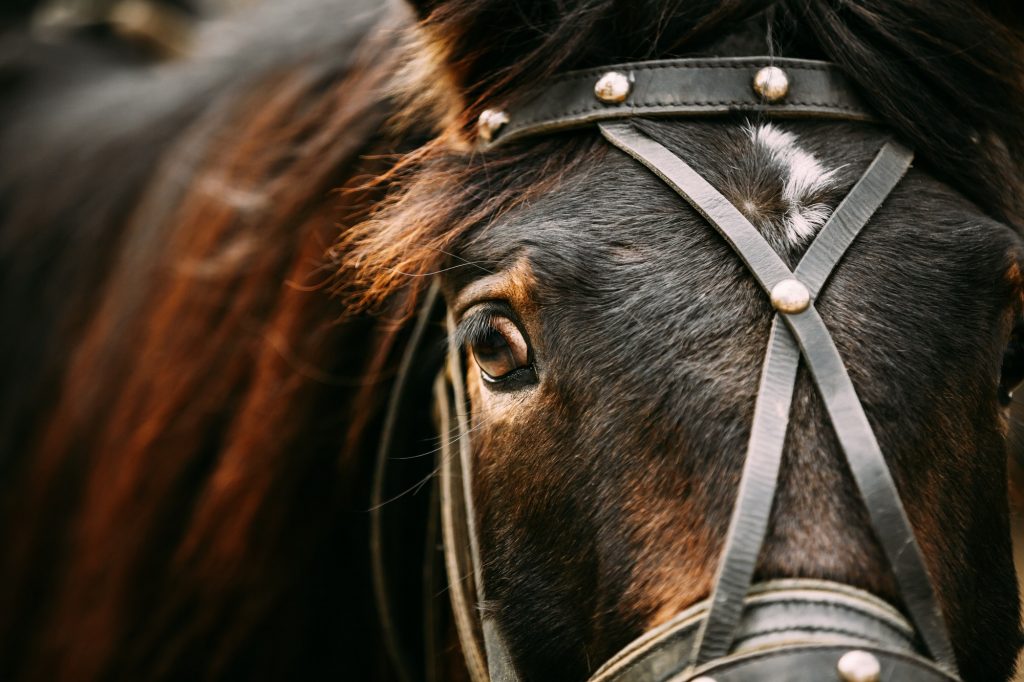
Arabian Horse Characteristics
Whether you’re looking to buy an Arabian Horse or you’re just an admirer of these great horses, here is some infomation about the Arabian Horse breed that you should know:
Arabian Horse Features
• They stand between 14-15 hands and are medium to small in size
• Weigh from 850 to 1,100 pounds
• Great endurance
• Beautiful head that is broad at the forehead then tapers towards the nose
• Short alert ears
• Large eyes that are set wide apart
• Deep and wide jaw
• Long and graceful neck
• High and well-set tail
• Athletic legs
Interesting fact: The Arabian also possesses an anatomical difference in comparison with other breeds, they have one less lumbar (back) vertebra and one or two fewer vertebrae in their tails.
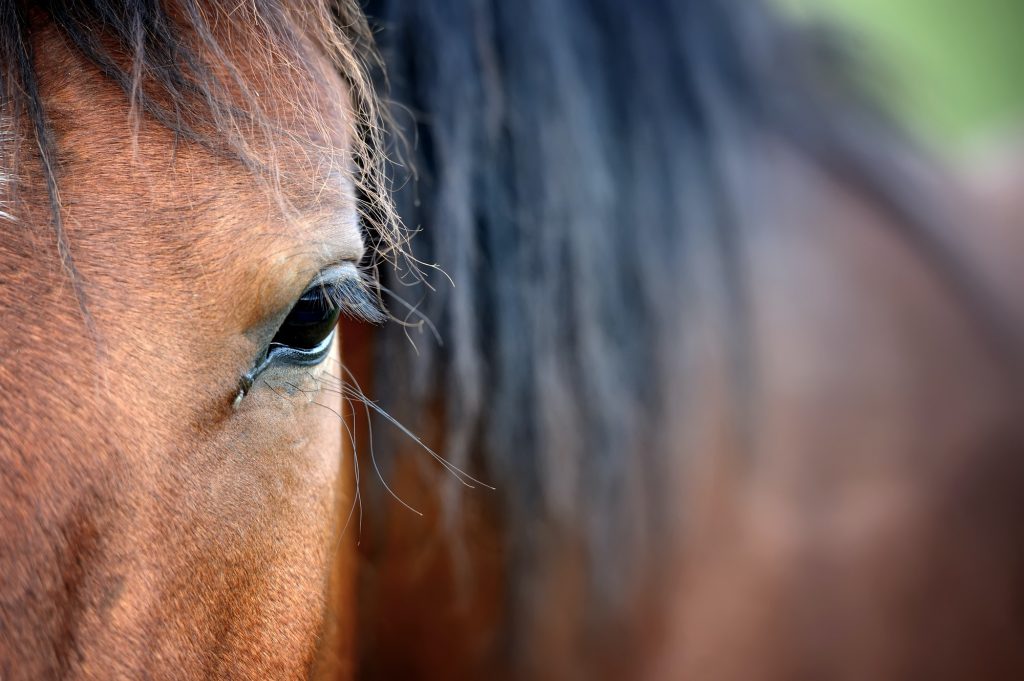
The Origin of Arabian Horses
Although the exact origin of Purebred Arabians is unknown, experts believe that they were bred and raised in the desert lands of Saudi Arabia by the Bedouin tribes who have a shared history with these horses back in 3,000 BC. Bedouin had strict breeding practices back then, which helped to keep the bloodlines pure. They value Arabian horses very much that some owners even brought them into their families’ tents at night to provide them with warmth and protection.
Due to war and trade, the Arabian horse eventually spread in Europe. Many influential and historical figures owned Arabians including, Alexander the Great, Napoleon Bonaparte, Genghis Khan, and George Washington. In the 1870s, Lady Anne Blunt founded the Crabbet Park Stud in England, which played a role in the development and Arabians horses (particularly the Crabbet Arabians).
The breed first arrived in the US in the 1700s, and the Arabian Horse Registry of America was founded in 1908. They used Arabian horses to develop many popular breeds, including Thoroughbred, Quarter Horse, Morgan, and American Saddlebreds. And North America has the highest number of registered Arabians horses today.
What personality characteristics should you look for in an Arabian Horse?
• Affectionate
• Gentle
• Loyal
• Playful
• Strong-minded
Arabian Horse Breeding and Abilities
Arabian horses were mainly bred for their endurance and stamina and athleticism. These horses were used primarily for transportation, hauling loads, and war mount in ancient times. They have incredible strength and balance, thanks to their compact bodies. They excel in many sports and leisure activities, including long-distance trail travels over challenging heat and terrains, pleasure mounts, and dressage, but they can also work as ranch horses.
Quick Fire Questions: How much weight can an Arabian Horse carry?
Abrabian horsers are known for their stregnth and endurance, however, it is important to remember that every horse is unqie and different no matter what breed they are. It is essential that spend time training your horse and getting to know their strengths and weakenesses.
Nonetheless, Arabian Horse are excellent weight carriers. Going back to their roots; they have been bred for long distance so they could carry Sheiks across the desert. So they generally have wide backs and dense bones, enabling them to securely carry heavy weights. However, for your horse to be able to carry a weight safely we recommend that a horse never carries over 300 pounds in weight as a general rule.
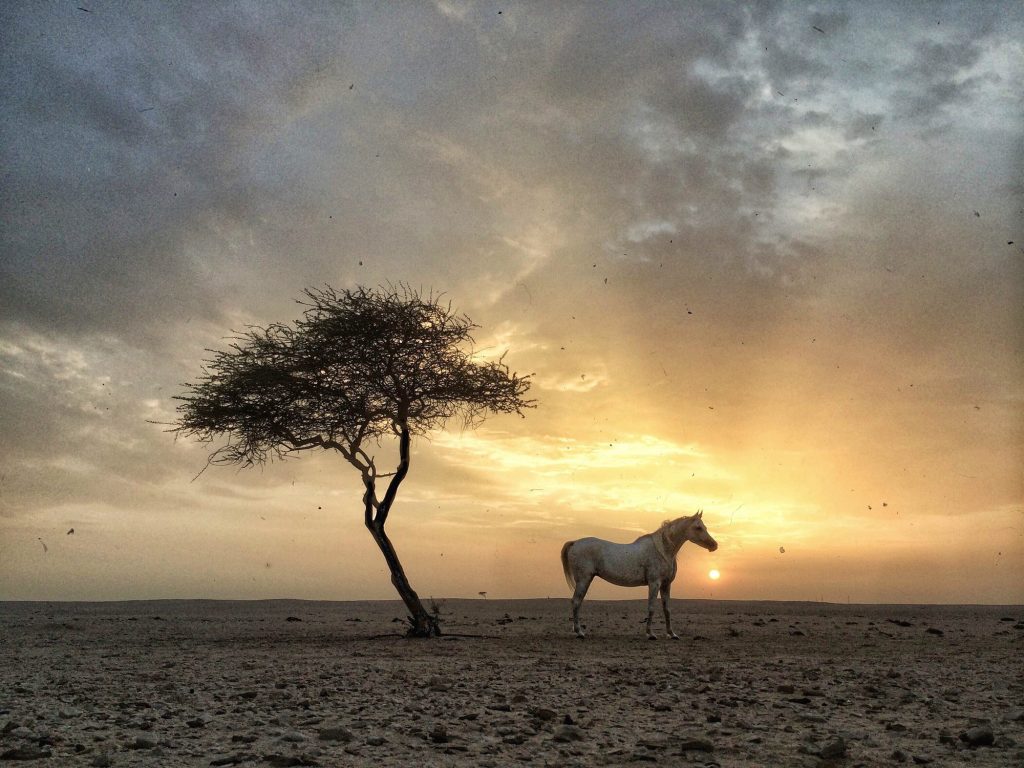
Color and Markings
The coat colors recognized by the Arabian Horse Association for Purebred Arabians are black, bay, gray, chestnut, and roan. They may also have white facial markings and socks or stockings on their legs. All Arabian horses have black skin except those who carry a dominant white gene from the R Khasper line. The dark pigmentation protects them from the harsh sun in the desert.
Purebreds do not carry dilution genes, so there are no dun, palomino, cremello, or buckskin Arabians. The only spotted pattern in pure Arabians is Sabino, but owners register it as roan. The most common color of Arabians is bay, gray, and chestnut, while black is rare.
What colour coat can Arabian Horses have?
• Bay, grey and chestnut are the most common coat colours
• White and black Arabian Horses are rarer
• White marks on the head and legs are common but purebred Arabians are never piebald, skewbald, or spotted
• Black skin – no matter the coat colour
Common Health and Behavioral Problems
Arabian Horses are friendly and intelligent, but they are a bit sensitive and hot-blooded. They can quickly adapt and develop bad habits from a wrong handler, but they can work well with experienced trainers and riders. In terms of health issues, Arabians are prone to several genetic disorders. Some are treatable and avoidable, while others are fatal. The common health problems in Arabians include the following:
Equine Juvenile Epilepsy
It is a form of epilepsy that causes seizures until 1 or 1.5 years old. It is non-fatal, and horses can live normally pass that age.
Cerebellar Abiotrophy
It is a neurological disorder that affects the balance and coordination of Arabian horses. Foals may act normal, but when it reaches six months of age, the cells in their cerebellum start dying, which leads to severe incoordination. Horses with mild symptoms can live longer, but they are prone to accidents; that’s why most of them were euthanized.
Severe Combined Immunodeficiency
Foals born with this disorder have no immune system and dies before three months due to infection. This disease can be avoided by conducting a DNA test to identify if parent horses are a carrier before breeding.
Lavender Foal Syndrome
It is a fatal neurological disorder characterized by a pale ‘lavender’ color, trouble in standing upon birth, and seizures. Foals with this condition eventually die after a few days. The good news is it’s preventable also through DNA testing for carriers.
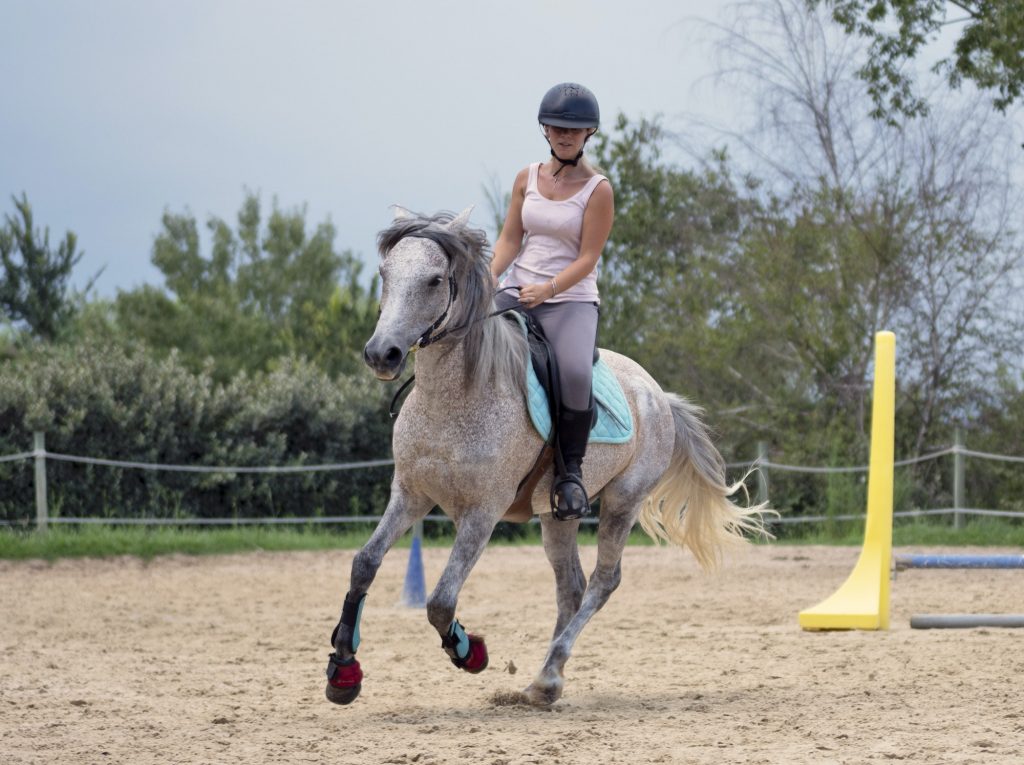
So those are the drawbacks of Arabian horses. Note that, just like other horses, they are also prone to different diseases. But, foals with those health problems are only a small percentage of the overall population. Arabian horses are generally healthy, people-oriented breed, loyal and active even in their golden years. If you have limited knowledge of horses, an older and well-trained Arabian will work well for you. If you’re an experienced trainer and rider, you can make the most out of their energy and enjoy their company.




